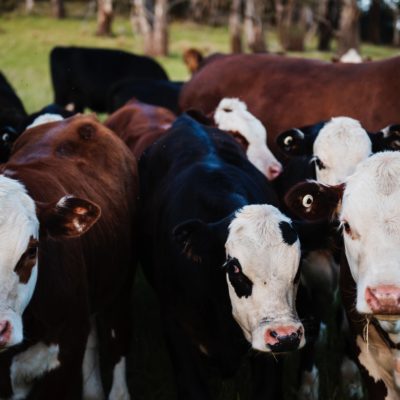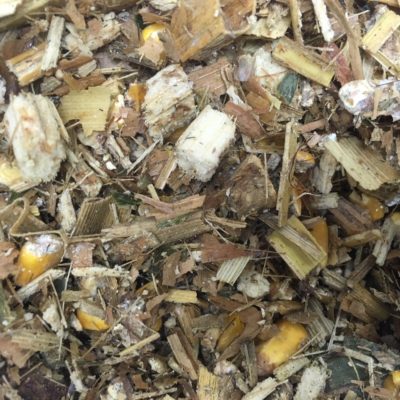Recently, I attended the University of Nebraska State of Beef Conference. One of the speakers was Rick Funston, a reproductive Physiologist at UNL. Dr. Funston reminded producers that when we feed the gestating cow, we aren’t just influencing her performance, but also the future performance of the calf. This concept is called fetal programming. It emphasizes the importance of meeting the cow’s nutritional requirements during gestation to optimize her reproductive performance as well as the calf’s subsequent production performance.
Reviewing extension publications revealed that both over and under nourishment of the cow has detrimental effects on future calf performance. Emphasis should be place on meeting the cow’s requirements and keeping her body condition score at 5 throughout pregnancy and calving.
Over feeding the cow
Over feeding cows shifts biological processes diverting nutrients and energy from the fetus to adipose deposition on the cow. This results in restricted fetal development, lighter birth weights, decreased colostrum production and lower weaning weights. Most producers do not inadvertently over feed as it is costly to the operation.
Under feeding the cow
Underfeeding is a more common issue. Malnourishment of the cow has detrimental effects no matter what stage of gestation the deficiency occurs. Nutrient restriction in the first third of gestation causes the cow to lose weight and drop to a lower body condition score. At the same time, the development of the fetus’s respiratory tract is hindered.
If the cow is restricted mid-gestation, then weaning weights are lower and meat tenderness decreases. Additionally, heifer calves born to mid-gestation restricted cows tend to have smaller reproductive organs. More research is needed to determined if this affects their reproductive performance later in life.
Restricting nutrients to the cow during the last third of gestation decreases the number of muscle fibers and adipocyte cells produced by the calf. Therefore, those calves have poor growth performance and lower marbling negativly affecting finishing performance and carcass weight and quality.
Proper supplementation
Conversely, cattle that are properly supplemented with energy and protein produce calves with more desirable production traits. Both male and female offspring tend to have heavier birth weights. Steers born to properly supplemented mothers have a greater carcass weight, dressing percentage, and marbling score. Heifers born to properly supplemented mothers reach puberty at a younger age and have greater pregnancy rates than their under supplemented counterparts.
Meeting the nutrient requirements of a gestating beef cow has implications for the future production potential of the whole herd. This makes understanding the nutrients being provided by roughages that much more important. Be sure to send samples of mixed hay, corn stalks, range, native grasses, or whatever you are feeding to Ward Laboratories, INC. to determine the best possible supplementation plan for your bred cows and heifers. Using book values may get you close to understanding their nutrient intake, but nothing can replace the precision and accuracy of a lab report.
Supplementing the cow is something many producers take for granite. However, it is important to remember that an animal’s performance is the combination of their genetics and environment. We strive to select the best genetics and have little control of the environment, but with diet being a component of their environment, we can test and determine the best possible supplementation strategy for productive future animal performance.
Here are some extra links to learn more about fetal programming in the beef cow:
Fetal Programming: Cow Nutrition and its Effects on Calf Performance
Fetal Programming: Implication for Beef Cattle Production




